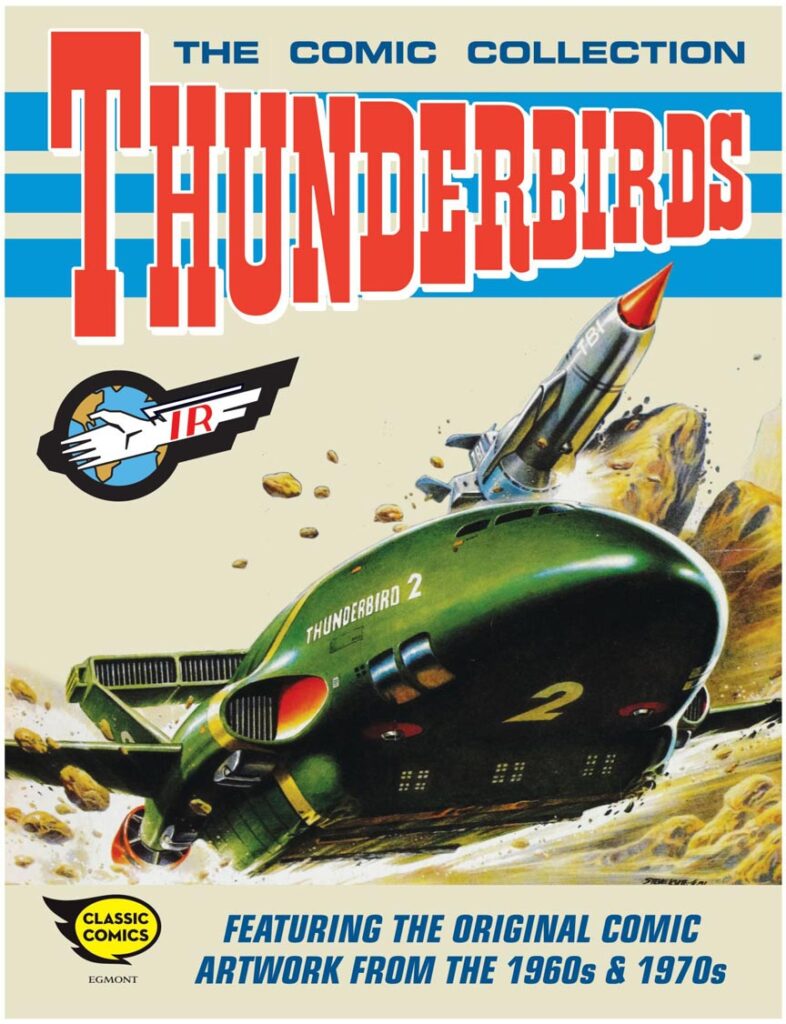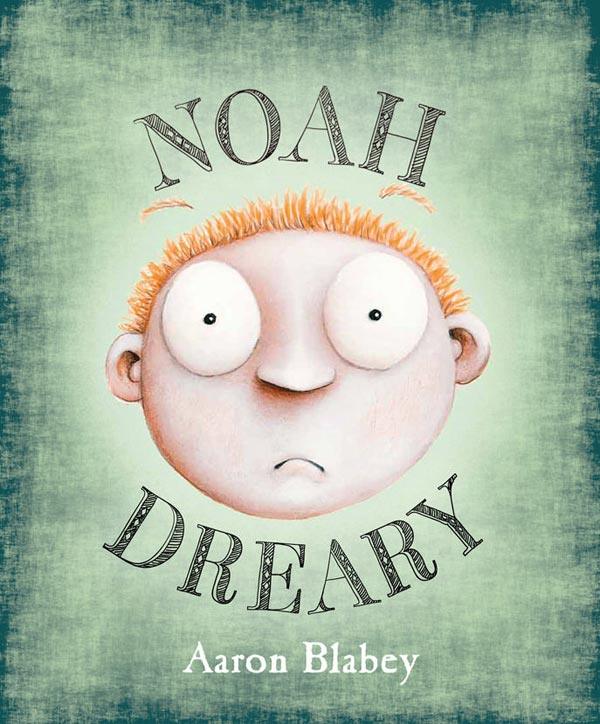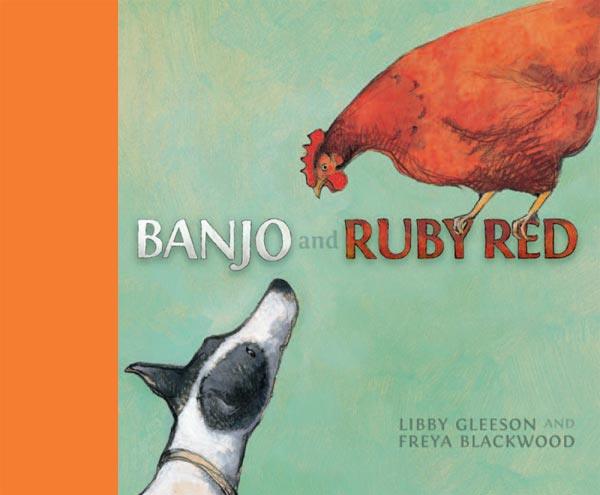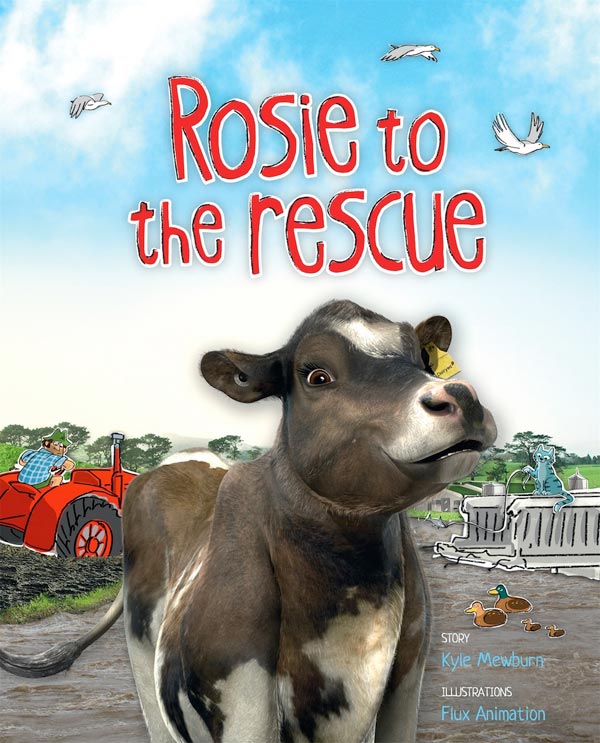 The new Picture Books for Older Readers (PBOR) database which was recently launched by the National Centre of Australian Children’s Literature (NCACL) makes it easier for educators, librarians, and parents to continue to use picture books as a resource well into secondary school.
The new Picture Books for Older Readers (PBOR) database which was recently launched by the National Centre of Australian Children’s Literature (NCACL) makes it easier for educators, librarians, and parents to continue to use picture books as a resource well into secondary school.
Too many of us forget how useful and enjoyable a picture book can be for older readers. They can be dismissed as too simple, childish, or immature. Many picture books are written for very young children, and so we associate the picture book format with that audience. However, sometimes the picture book format is the best way to deliver a story with more mature topics, and so we have picture books for older readers.
The PBOR database contains resource records for over 240 picture books by Australian creators that can be searched and tagged (and the list of books is growing). The options for filtering a search include author, illustrator, publisher, date, subject, audience, ISBN and, very helpfully for educators, the Australian curriculum codes. It is also possible to browse front covers, like a digital library. Each resource record contains all the publication information, a list of the book’s subjects, an annotation, and links to teaching resources. Another great feature for users who create a profile and login, is that ability to tag books as favourites, thus creating a list which is easily printed or shared.
The fact that you can search by curriculum code is extremely helpful. When a teacher is planning a new unit of study, they can type in the curriculum code and get a list of all the picture books they could use to support their plans. This will be invaluable for school library staff who want to build a collection that meets the needs of their users. During planning, library staff can very easily create a list of books for acquisition that they know will support staff and students.
Educators, including home schooling parents, will also come to rely on the Teaching Resources that accompany every resource. These link to resources such as teacher notes from publishers, book reviews, related articles, author and illustrator websites, and much more.
A picture book enthusiast myself, I see this database as a terrific asset for the continued use of these valuable resources. I find that the best creators of picture books are the ones who stories transcend age brackets. They are masters of reducing complex themes and challenging stories to form that is so pure and refined. There’s little point in me continuing to wax lyrical about this as the NCACL has created some excellent supporting documents for the PBOL database, including an information sheet about picture books for older readers and a bibliography of resources that support the use of picture books for older readers. Both of these can be used by librarians as supporting evidence for the regular use of picture books in late primary and secondary education.
As a librarian I have seen the thrill older readers can get from picture books. Once I introduced a year 5 cohort to the idea of visual literacy and had them read picture books to identify how the images were propelling the story along. They were able to recognise the importance of facial expressions in conveying emotions, and how a clever creator can use the text and the image in juxtaposition to amuse the reader. This group felt like literary super sleuths as they found visual clues throughout the books. This PBOL database, would have been a great help to me as I planned that session.
As a parent, librarian and book reviewer, this database will be a valuable that I’ll keep bookmarked for use again and again.
Reviewed by Cherie Bell




